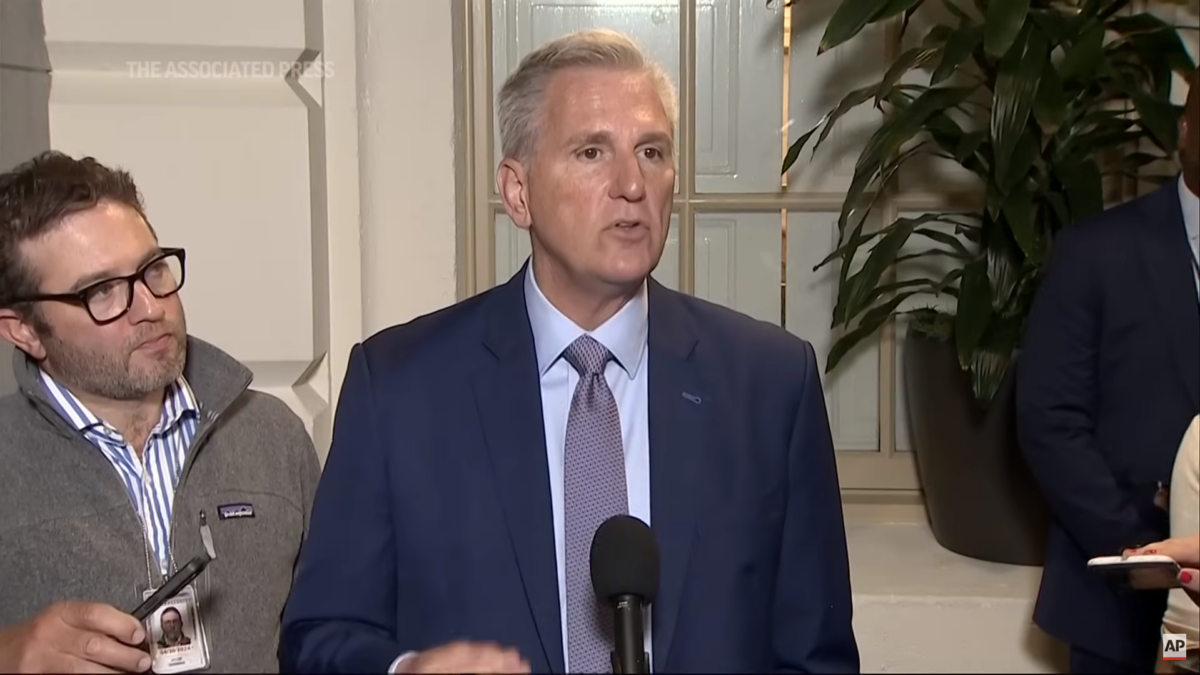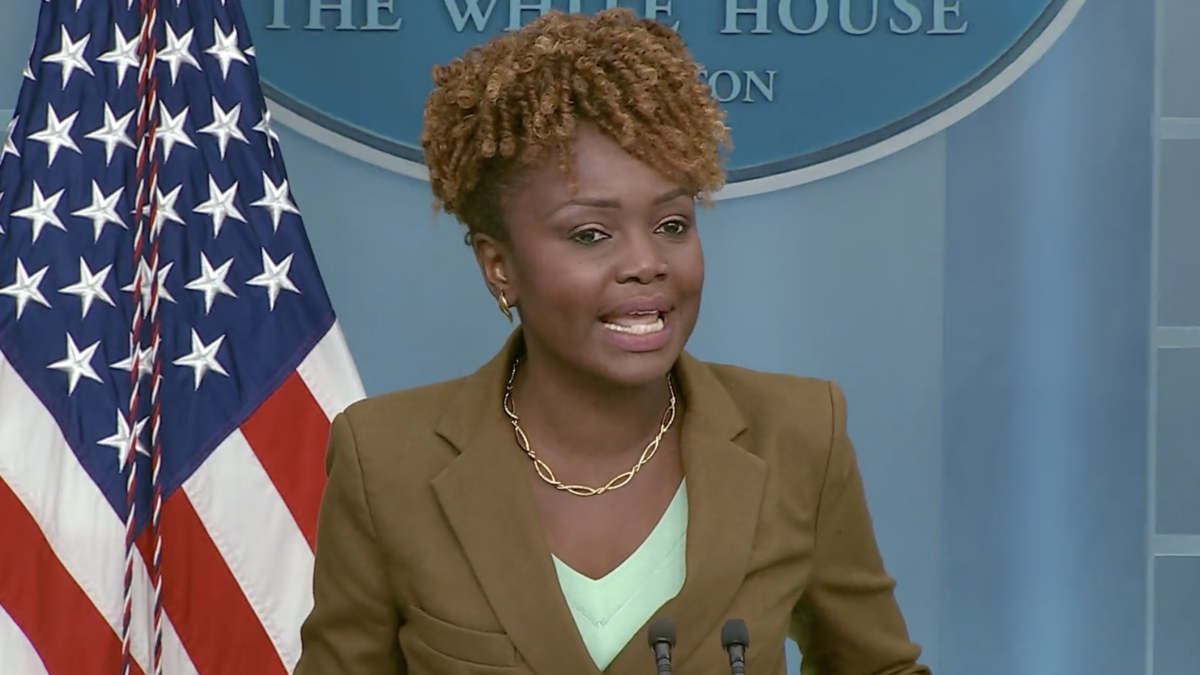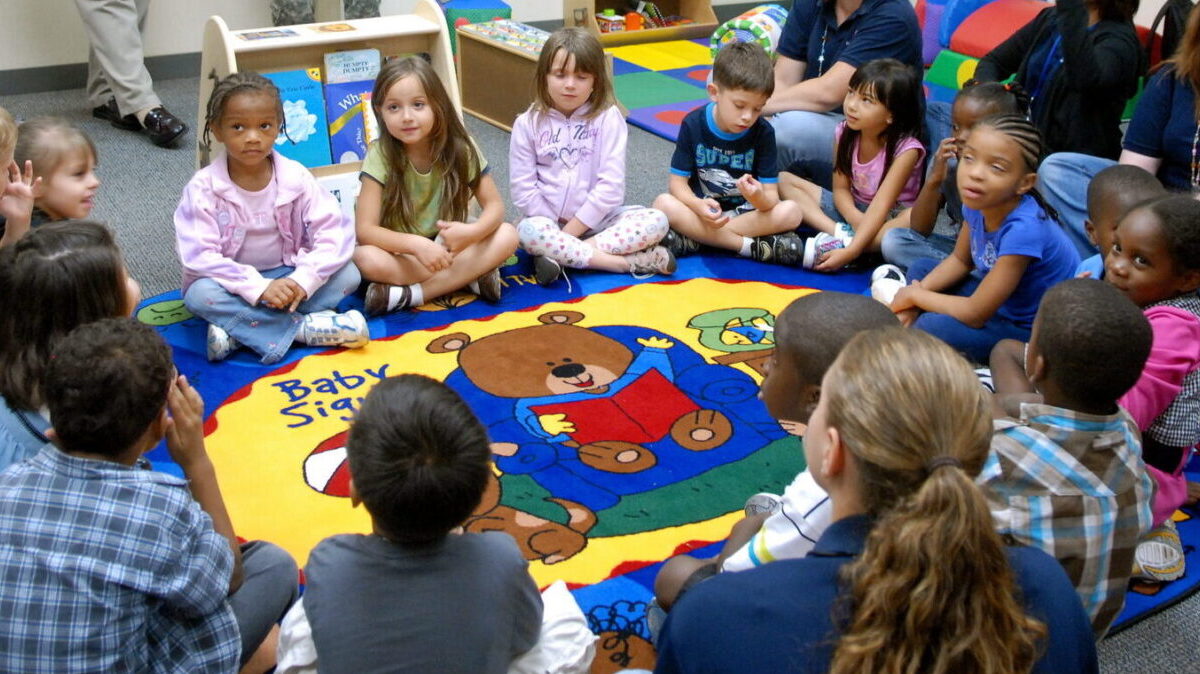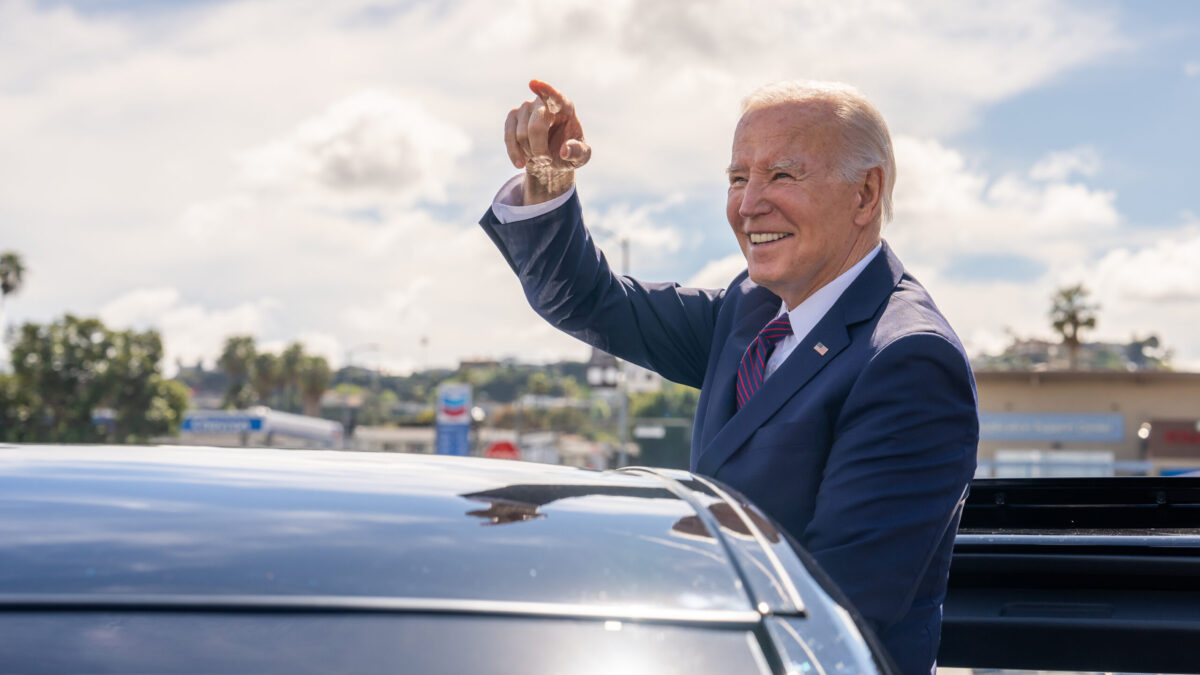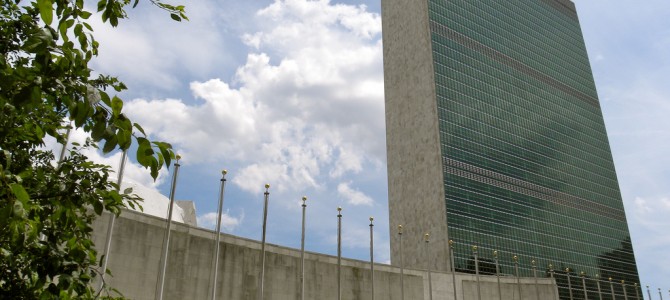
A United Nations team called the Working Group of Experts on People of African Descent conducted a 10-day mission to the United States this past January to investigate the state of black people in our country. The team did not just decide to come on their own; they were invited by “the government of the United States,” presumably at the behest of President Obama. Naturally, as a black person I was keenly interested in their findings.
The members of the UN team were Mireille Fanon-Mendès-France, Sabelo Gumedze, and Ricardo Sunga III. Does that first name sound familiar? Fanon-Mendès-France is the daughter of the famous Marxist, anti-colonialist, far-left activist Frantz Fanon. Some might see similarities between his philosophy and that of President Obama, but I’ll leave that to readers.
During their week and a half visit, the working group visited New York City, Chicago, Washington DC, Baltimore, and Jackson, Mississippi, meeting with various local government bodies and activist groups. They also met with the White House and the Congressional Black Caucus. Many of their meetings were coordinated by the U.S. Human Rights Network, a conglomeration of leftist activist groups, as well as the U.S. State Department’s Bureau of Democracy, Human Rights, and Labor, an organ of the State Department engaged in left-leaning causes and headed by a Democrat and Obama appointee.
As the final product of their U.S. travels, the working group has released a report with their findings and recommendations. Sadly, it fails to mention much, and what it does mention is largely wrong. I’ll highlight three of the report’s findings that are problematic, three things they failed to find, and then generally why the report is misguided.
What’s Wrong with the Findings
Firstly: The panel argues “The dangerous ideology of white supremacy inhibits social cohesion among the United States population. Hate crime groups, including white supremacist terror groups, are still active in the United States, targeting African Americans, as was seen in the attack at a church in Charleston in 2015.”
The Charleston shooting was not carried out by a white supremacist group. It was carried out by a lone crazed maniac. Also, those influenced by or sympathetic to Black Lives Matter have called for and actually carried out police officer killings.
The Dallas sniper who murdered five police officers told negotiators “he was upset about Black Lives Matter. He said he was upset about the recent police shootings. The suspect said he was upset at white people. The suspect stated he wanted to kill white people, especially white officers.” A black Dallas police officer is even filing a lawsuit against Black Lives Matter for inciting violence against police officers. Further, Black Lives Matter supporters have rioted and destroyed property in Charlotte, North Carolina, and have called for killing white people. So why no mention of their hateful, racist ideology?
Secondly: The report erroneously elevates incidents of police killings of black people to a serious national problem, when in fact far, far more black people kill each other than do police. In fact, for every one black person killed by a while police officer, 71 black people are killed by another black person.
Also, the data shows that blacks are killed by the police in proportion to the rate at which they commit crime, meaning the police do not disproportionately target them for violence. The report fails to consider these facts when painting the false picture that out-of-control police are unfairly targeting black people.
Thirdly: The report says we should address today the evil problem of past lynchings. But there are two problems with this. First, white people today are not responsible for lynchings of the past, so making them pay for it is unjust. Secondly, as with incidents of police killing black people, this past problem is dwarfed by black murder. According to Tuskegee University, a total of 4,733 black people were lynched from 1882 to 1959. Yet over the past 35 years, an average of about 9,000 black men have killed each other every single year.
Wrap your head around that. Every single year, black men are killing each other at numbers higher than the total of all of the lynchings that ever happened in the history of the United States.
Here’s What the Report Fails to Mention
The report contains no mention of the fact that 72 percent of black kids are born to single mothers, and that this is a major contributing factor topoverty, crime, and educational outcomes for black Americans. It makes no mention of putting the family back together as a way of improving conditions for black people in America.
The report does not mention that the black murder rate is eight times higher than the white murder rate, and that even though black people are only 14 percent of the population, they are about half of all murderers. Indeed, black people are painted only as victims of crime, not committers of crime with deep family, community, moral, and spiritual dysfunction causing them to be that way.
Although the report makes cursory mention of the “root causes of crime,” the authors never develop this into an argument about methods to stop black people from killing each other.
The report also contains no mention of the deep brokenness in black culture, including: a thug culture that glorifies violence, misogyny, criminal behavior, and incarceration, and is spread by a complicit media through music and pop culture. Nor does it tackle the “acting white” phenomenon, in which black kids’ popularity goes down as their GPA goes up. This means certain segments of black culture actually glorify being dumb and the criminal lifestyle. Any solution to the issues facing black people must address these problems, but they’re totally absent from the UN report.
The report concludes with a long list of recommendations, including a call for reparations for “enslavement and racial discrimination in the colonies and the United States from 1619 to the present.” The problem is that the United States has already spent $22 trillion on the War on Poverty, even though it’s been largely ineffective in eliminating poverty among black people.
Does this not count as reparations? What about other programs, like minority preferences for government contracts? How would one measure how much reparations is enough? And why should white people today have to pay for what happened in 1619? Further, why doesn’t the working group call for involving the black church in the solutions to these problems, since it’s one of the oldest and most influential of institutions in black communities?
Ultimately, although the report was published by the UN, it reads like it was written by Obama, the Congressional Black Caucus, and leftist activist groups. The working group would have more credibility if it included voices other than the far-left, such as churches, think tanks like the Heritage Foundation, and beat police officers who deal with black criminals and witness daily the terror they cause in black communities.
Thankfully, the report is non-binding and its recommendations will not be adopted. But it’s perhaps a sneak peek into the kind of policies that President Obama, Hillary Clinton, and the Democrats might implement if they had complete control of all branches of government.


